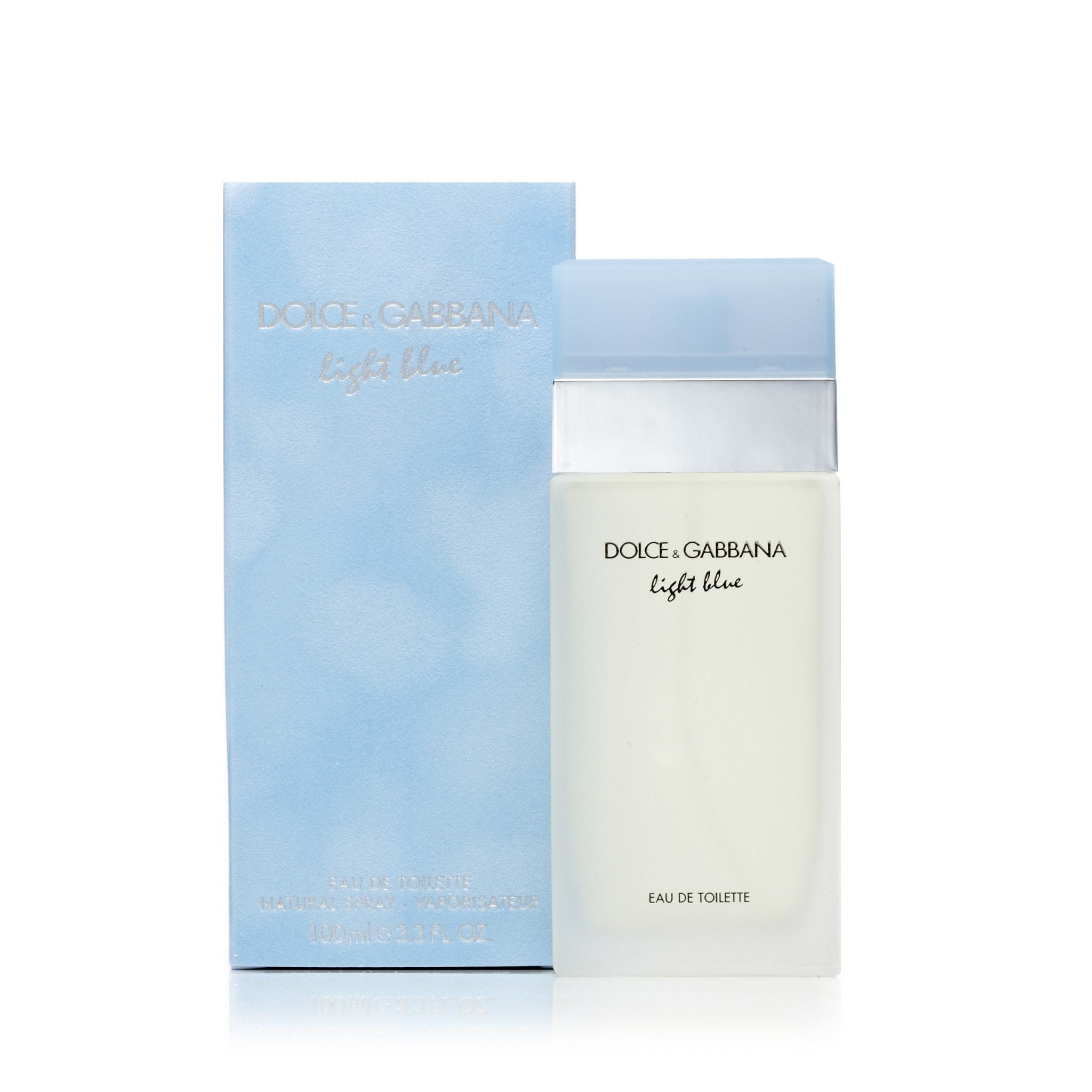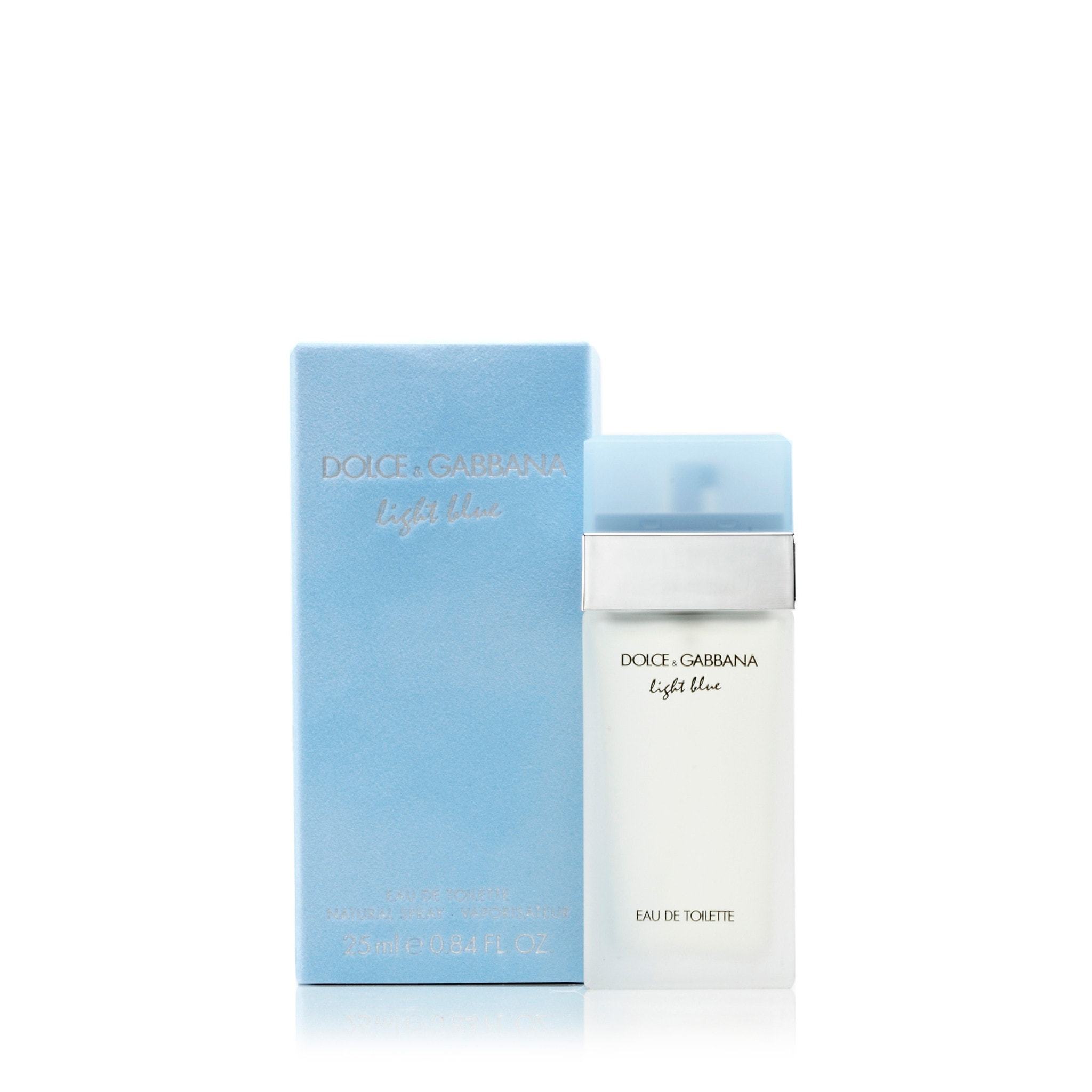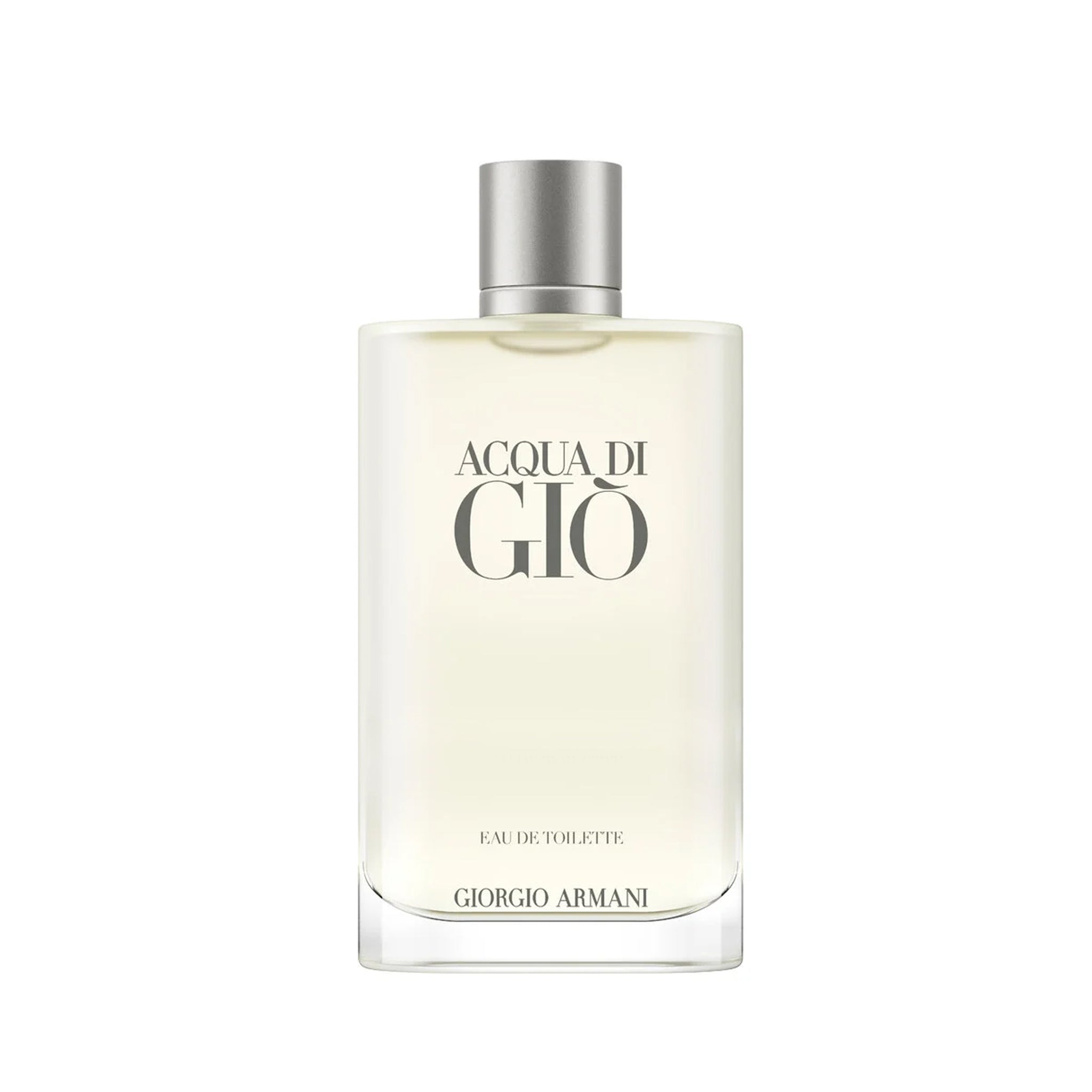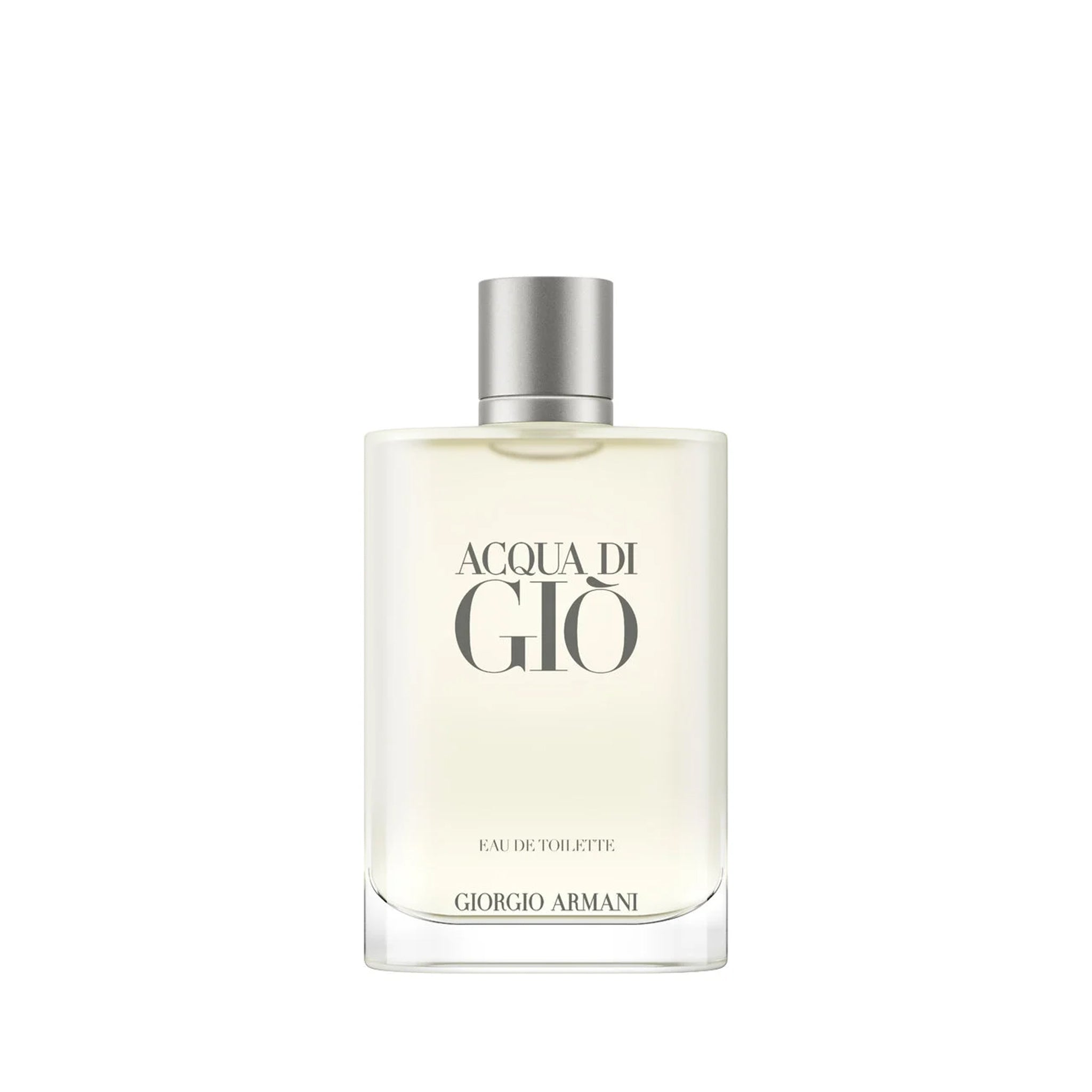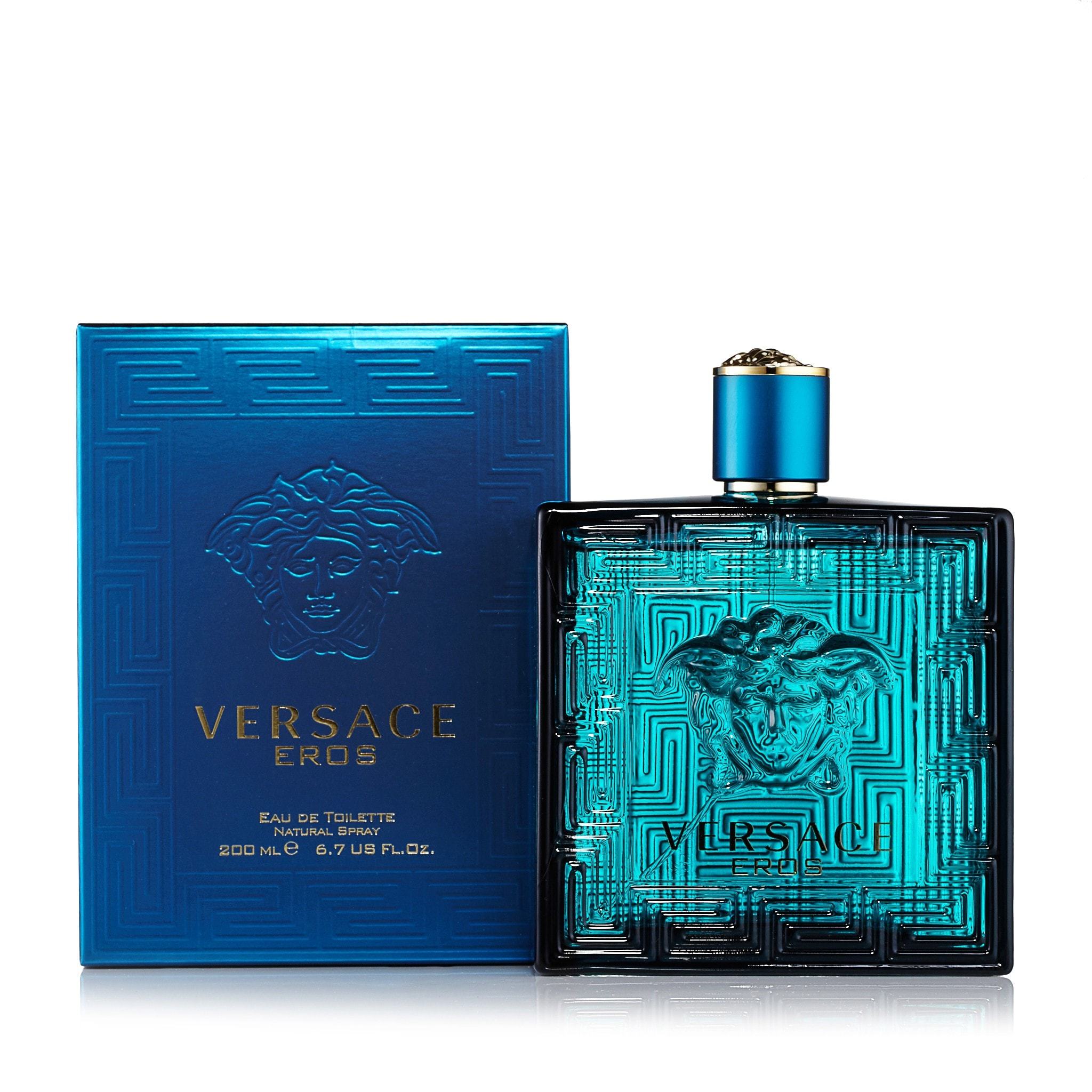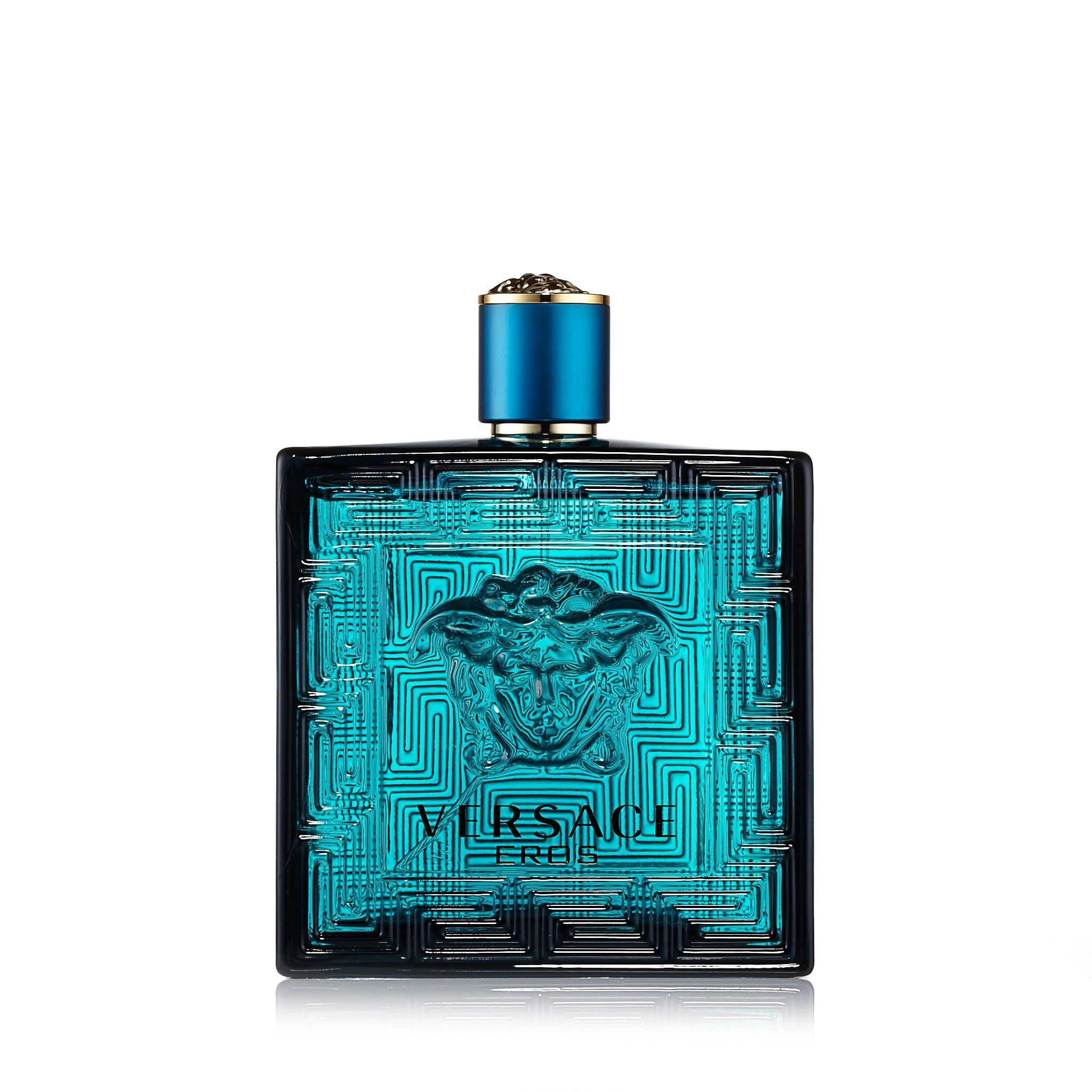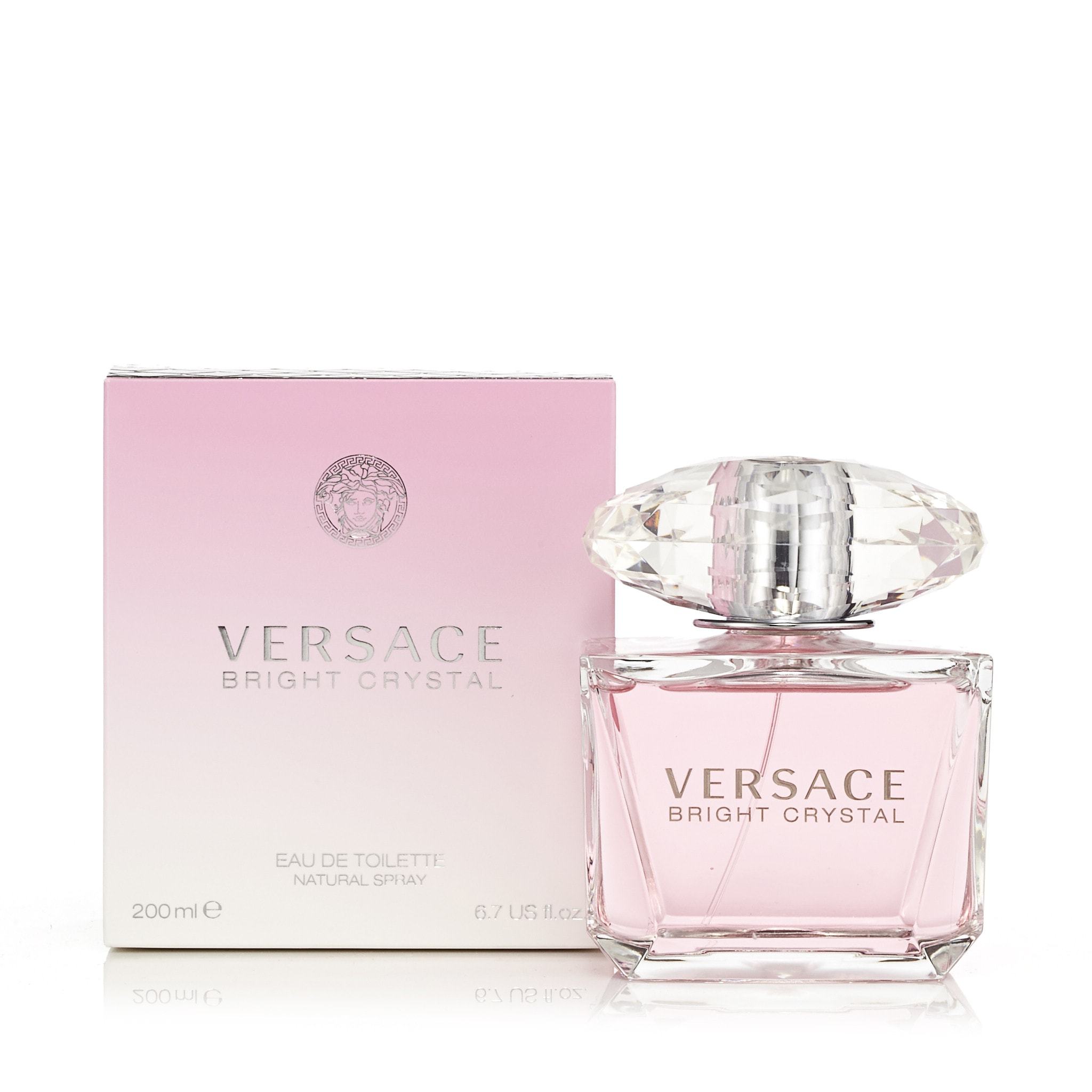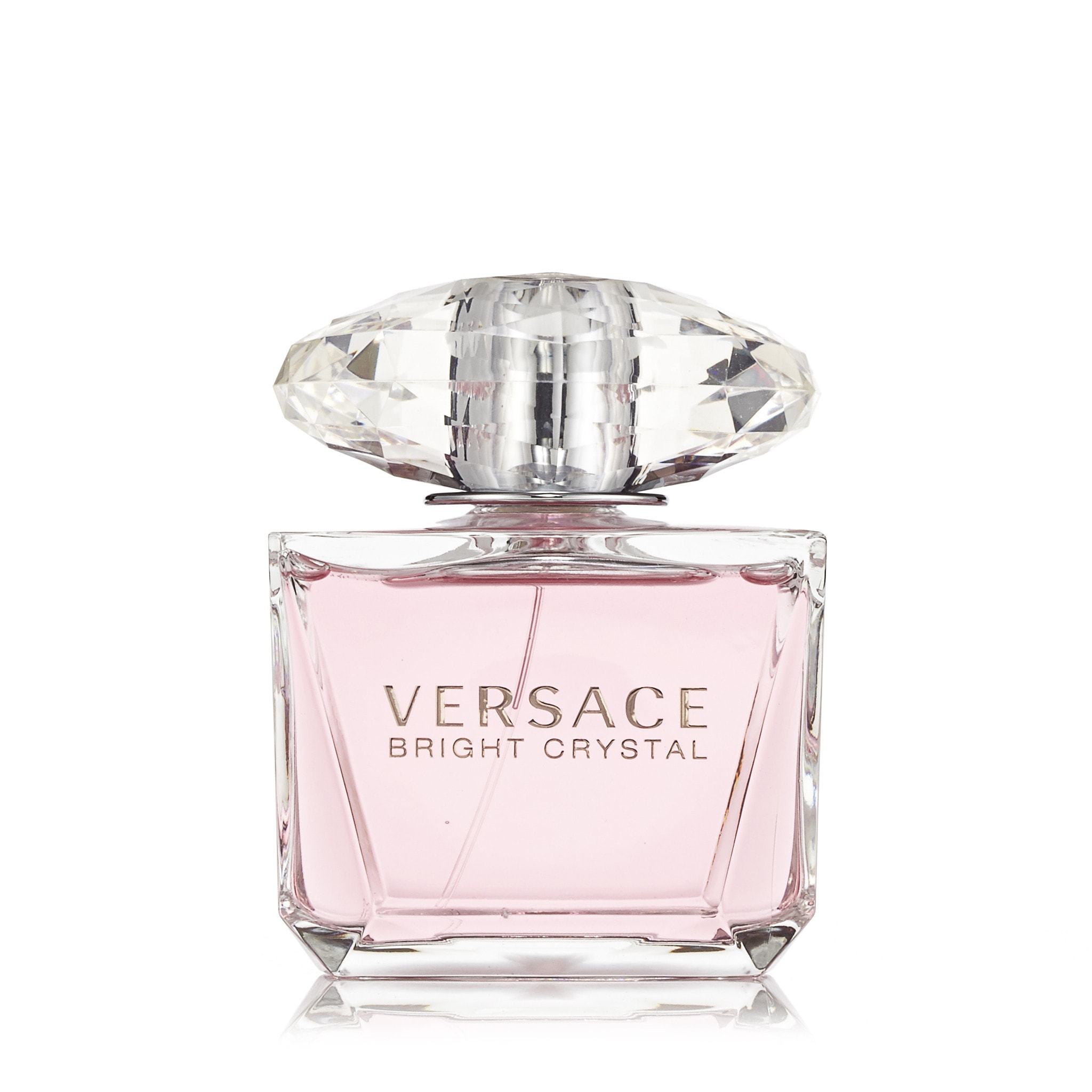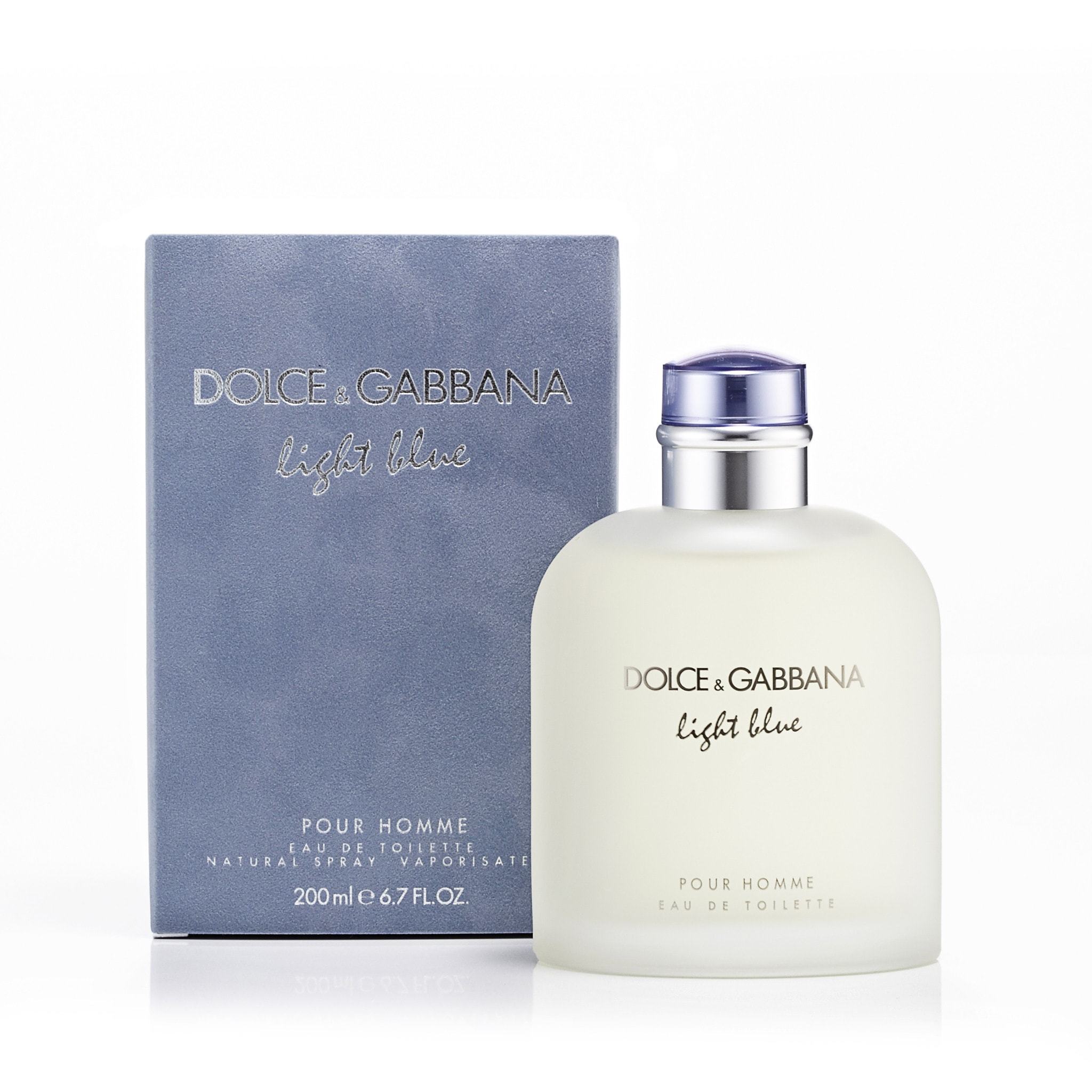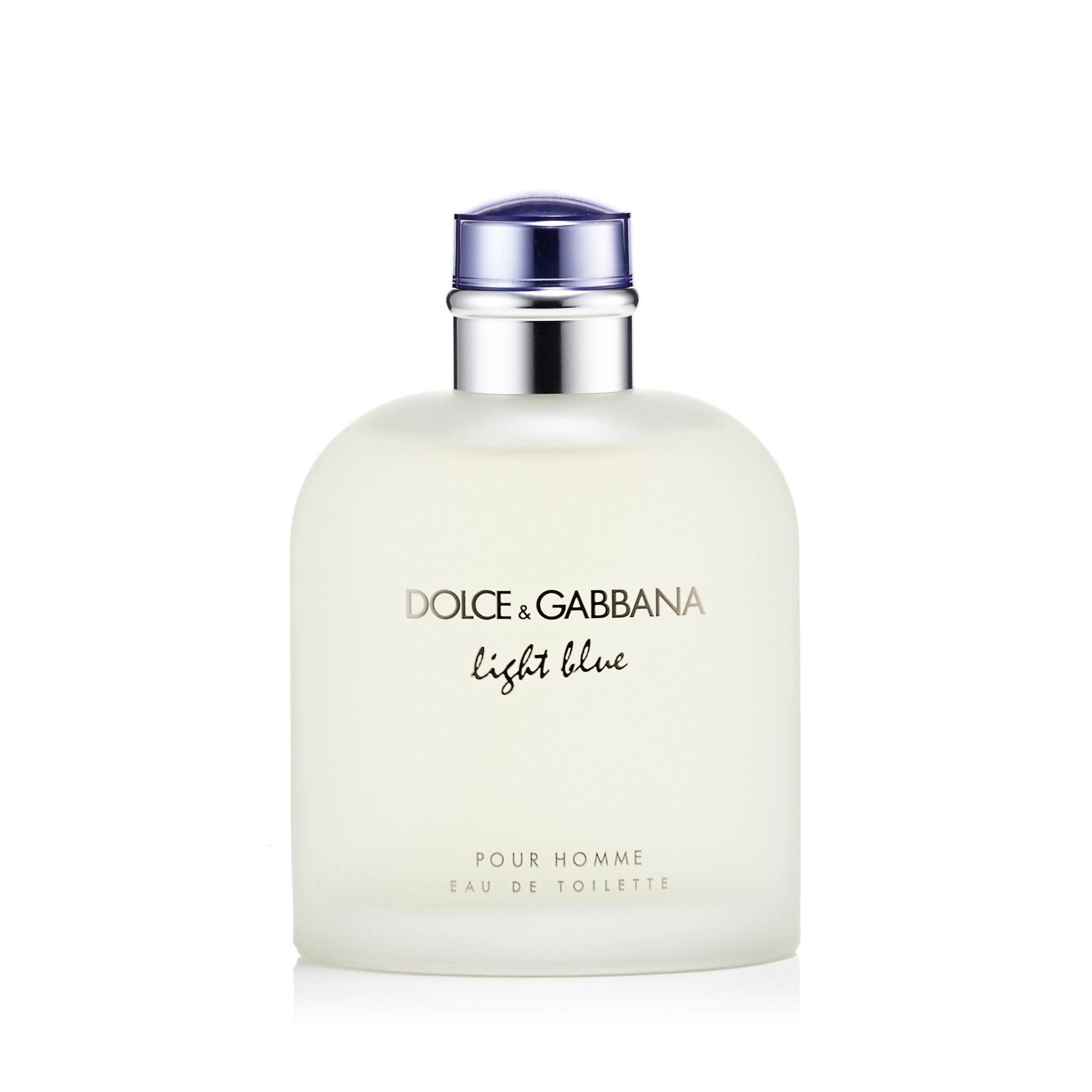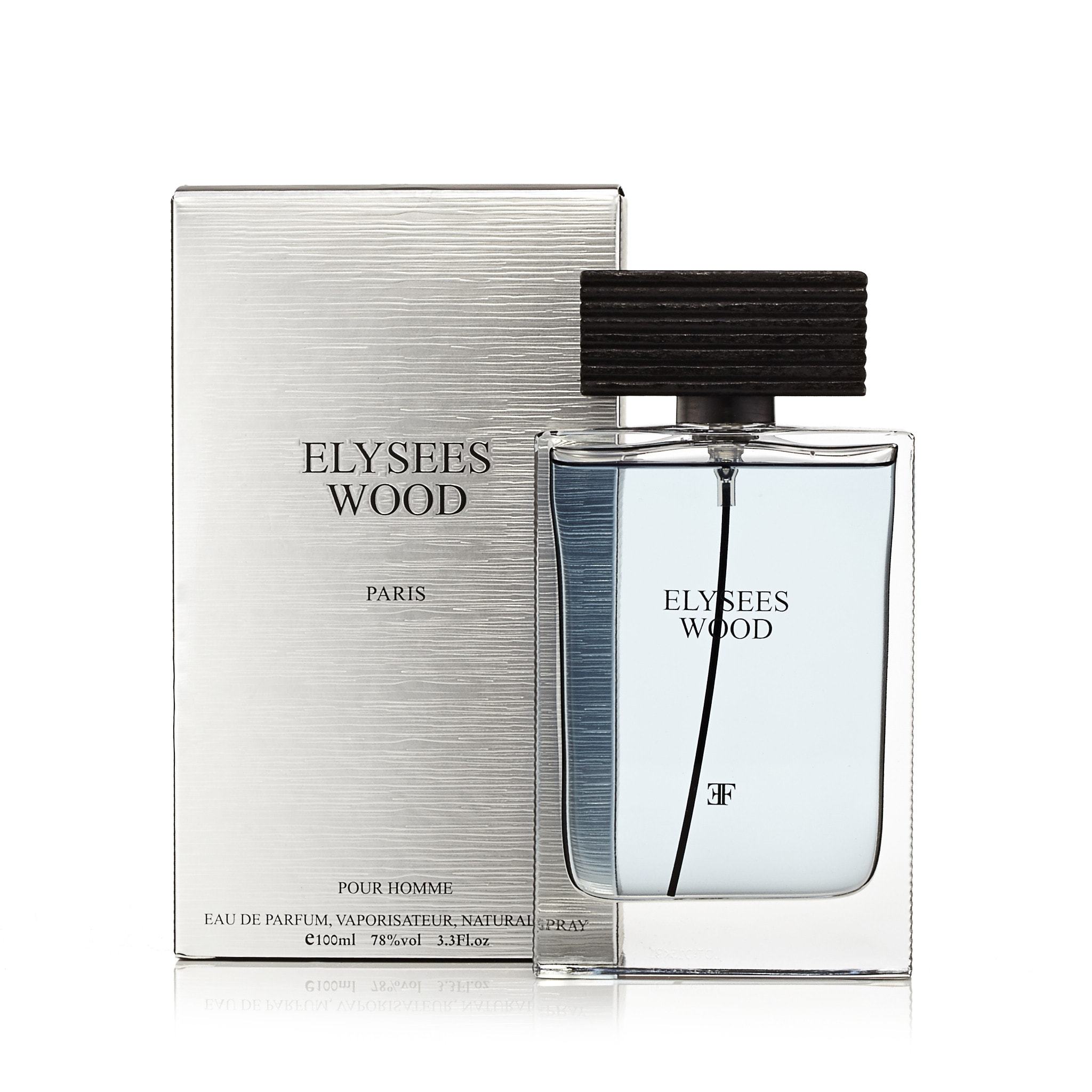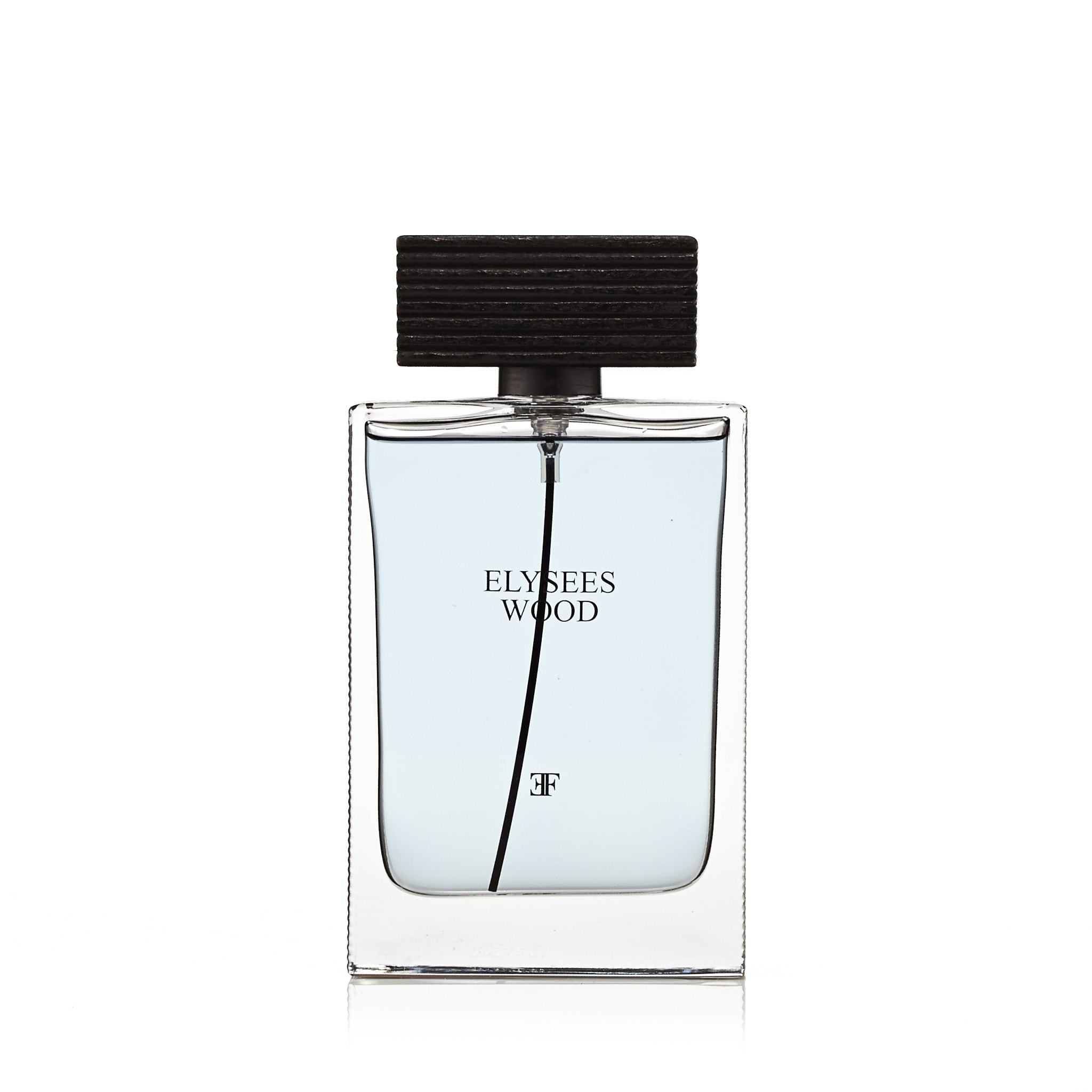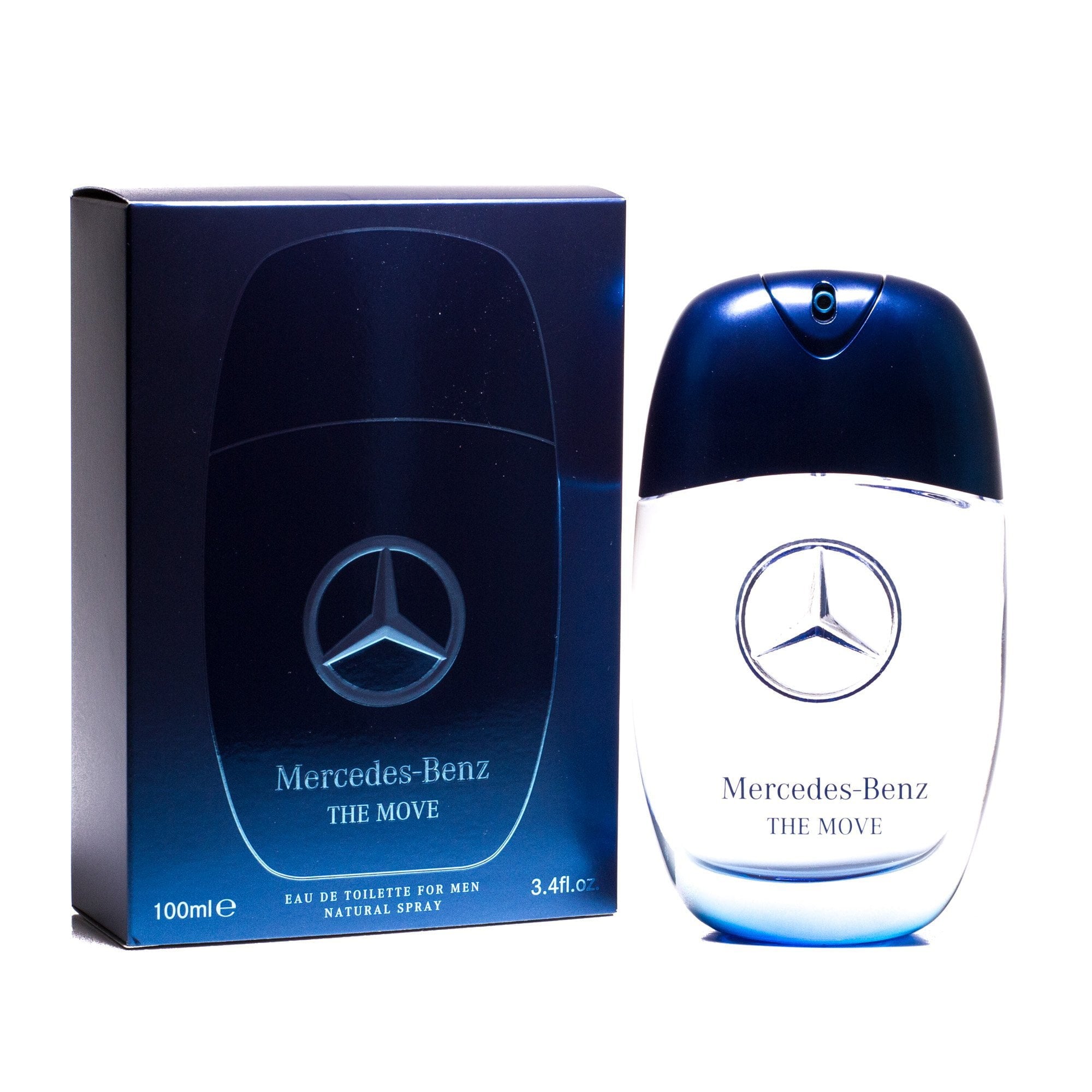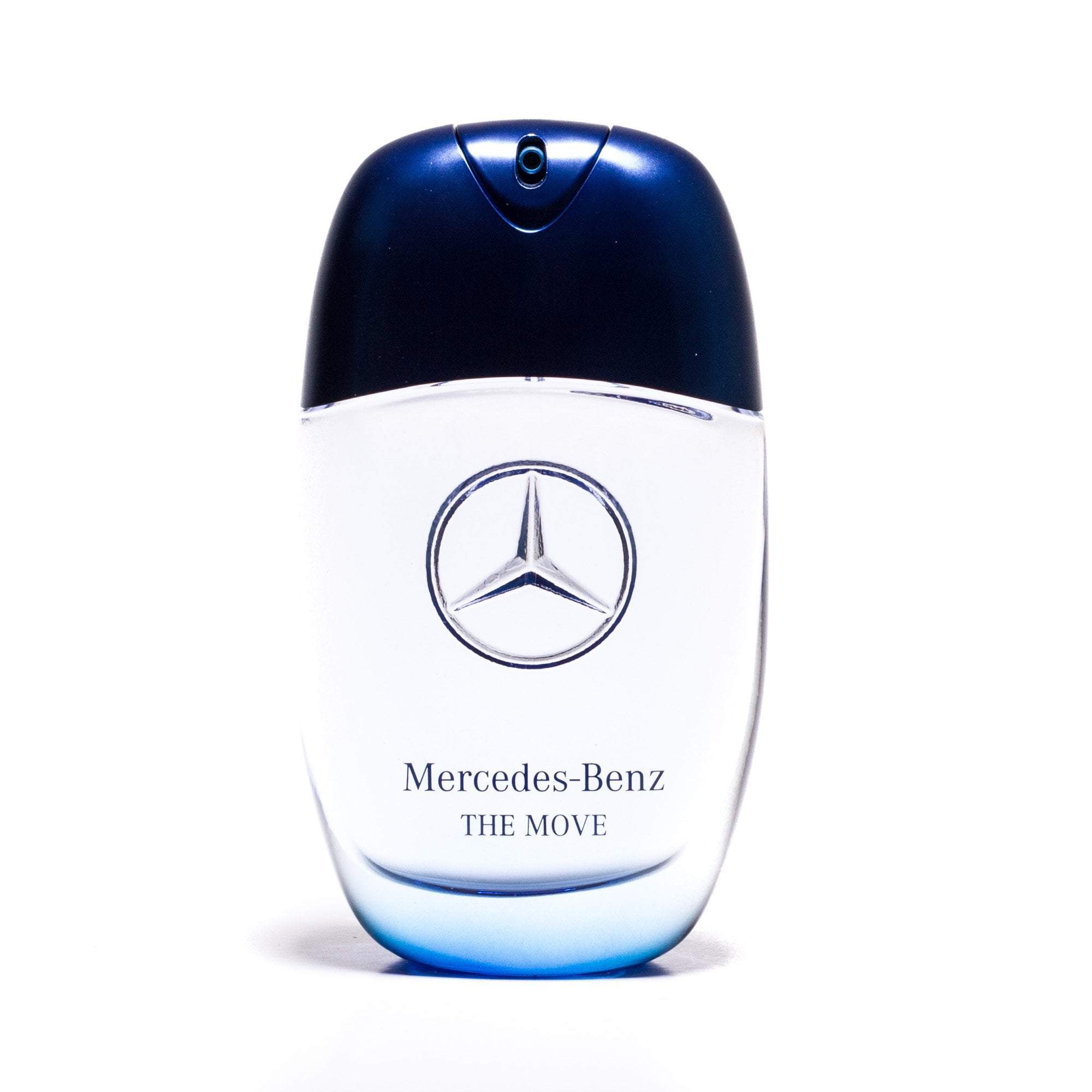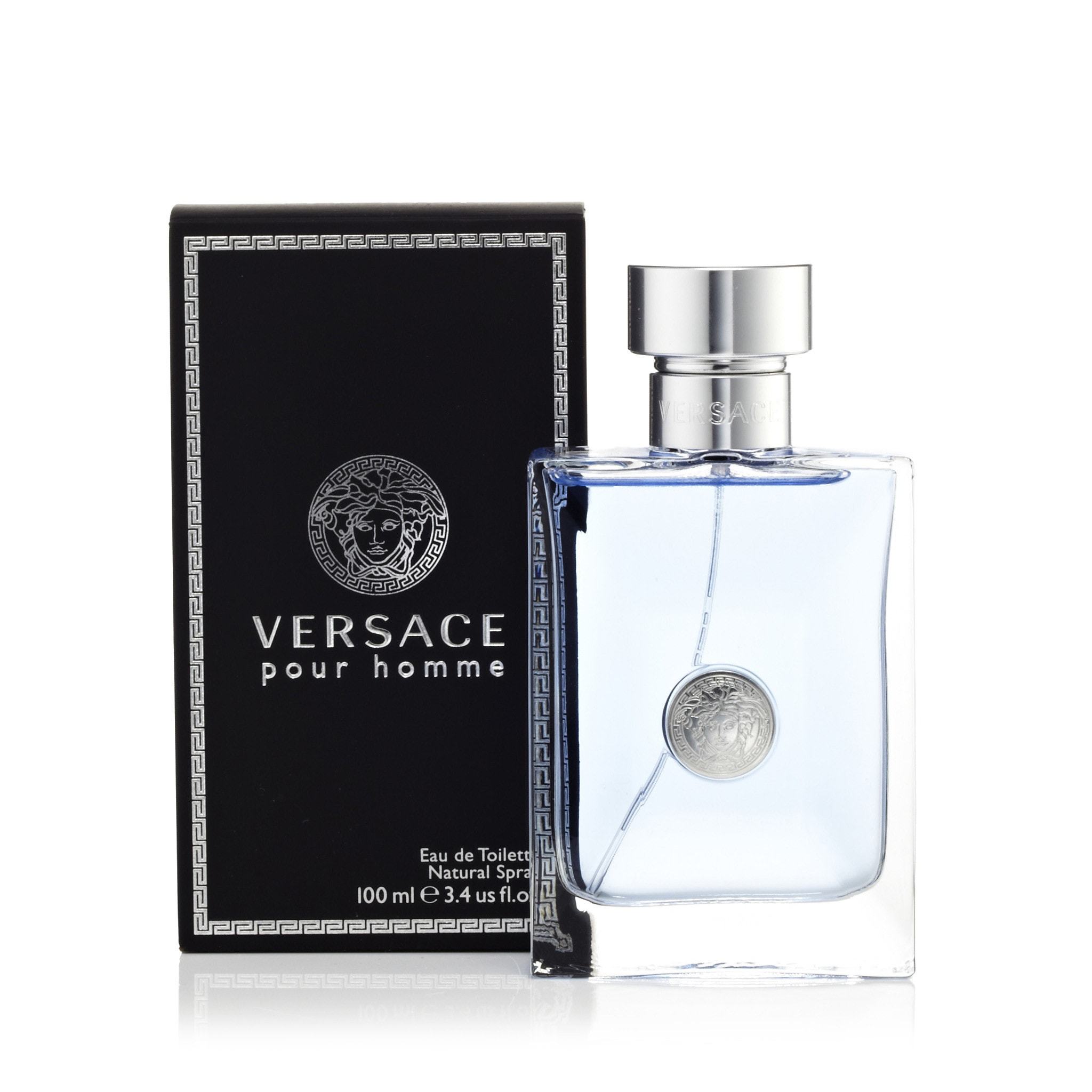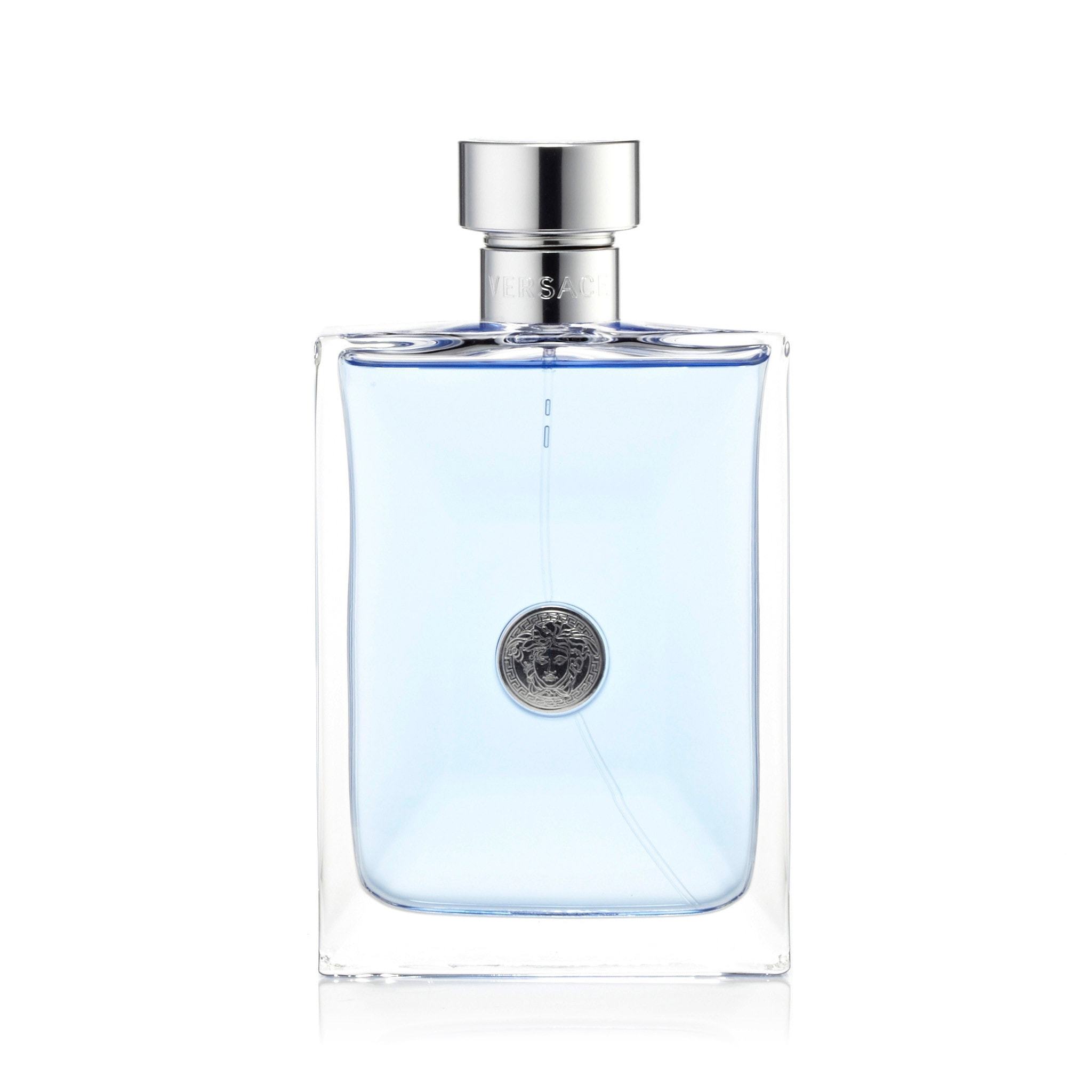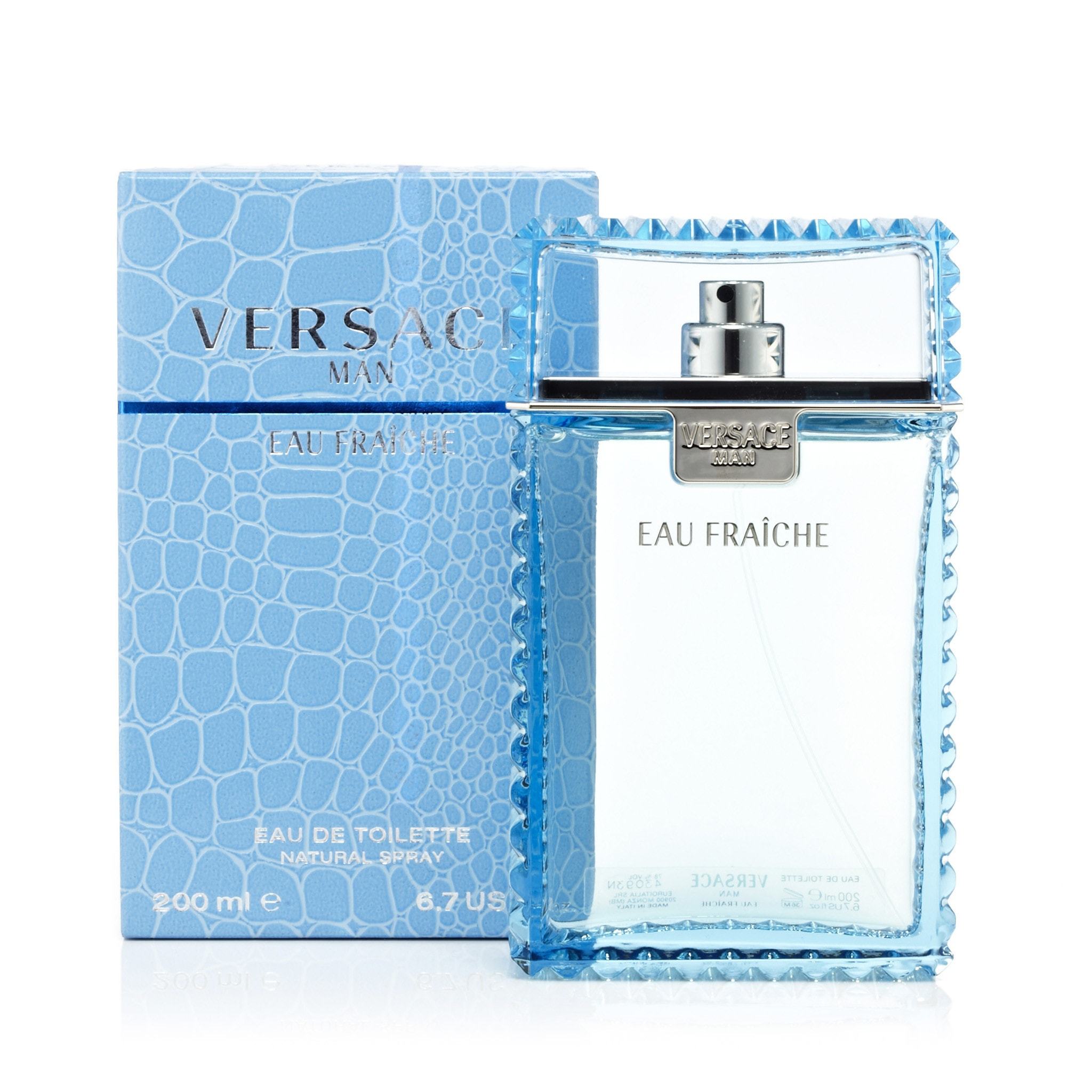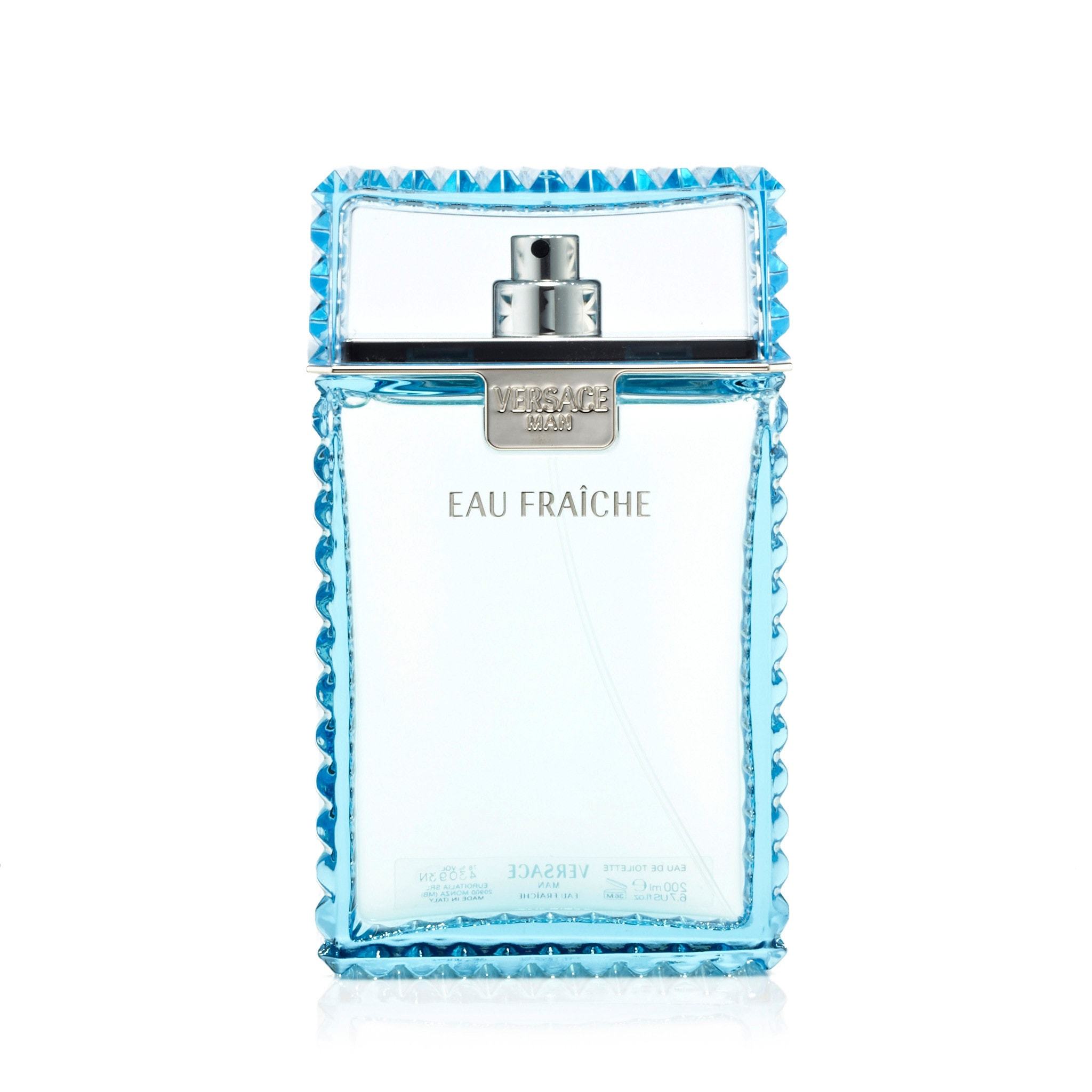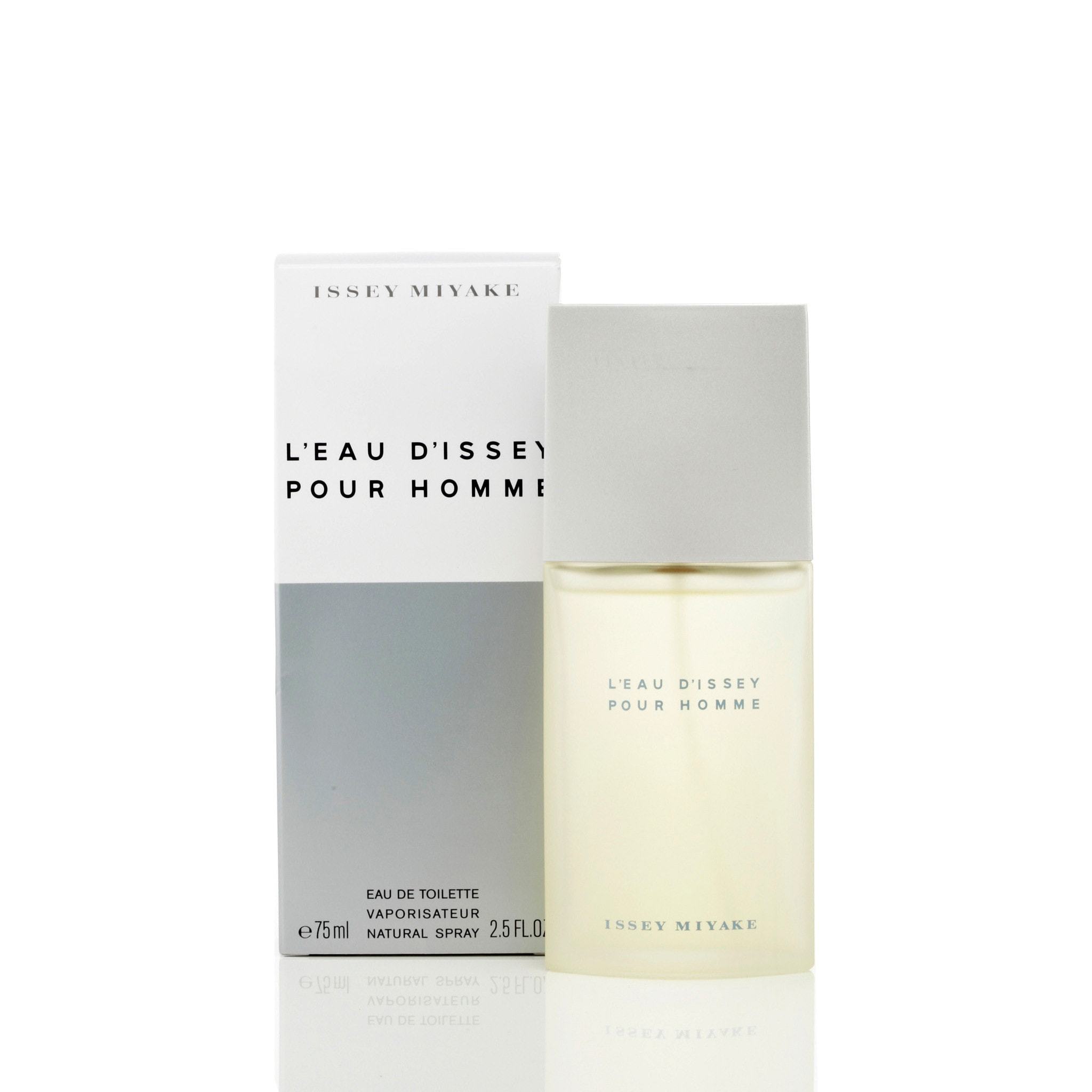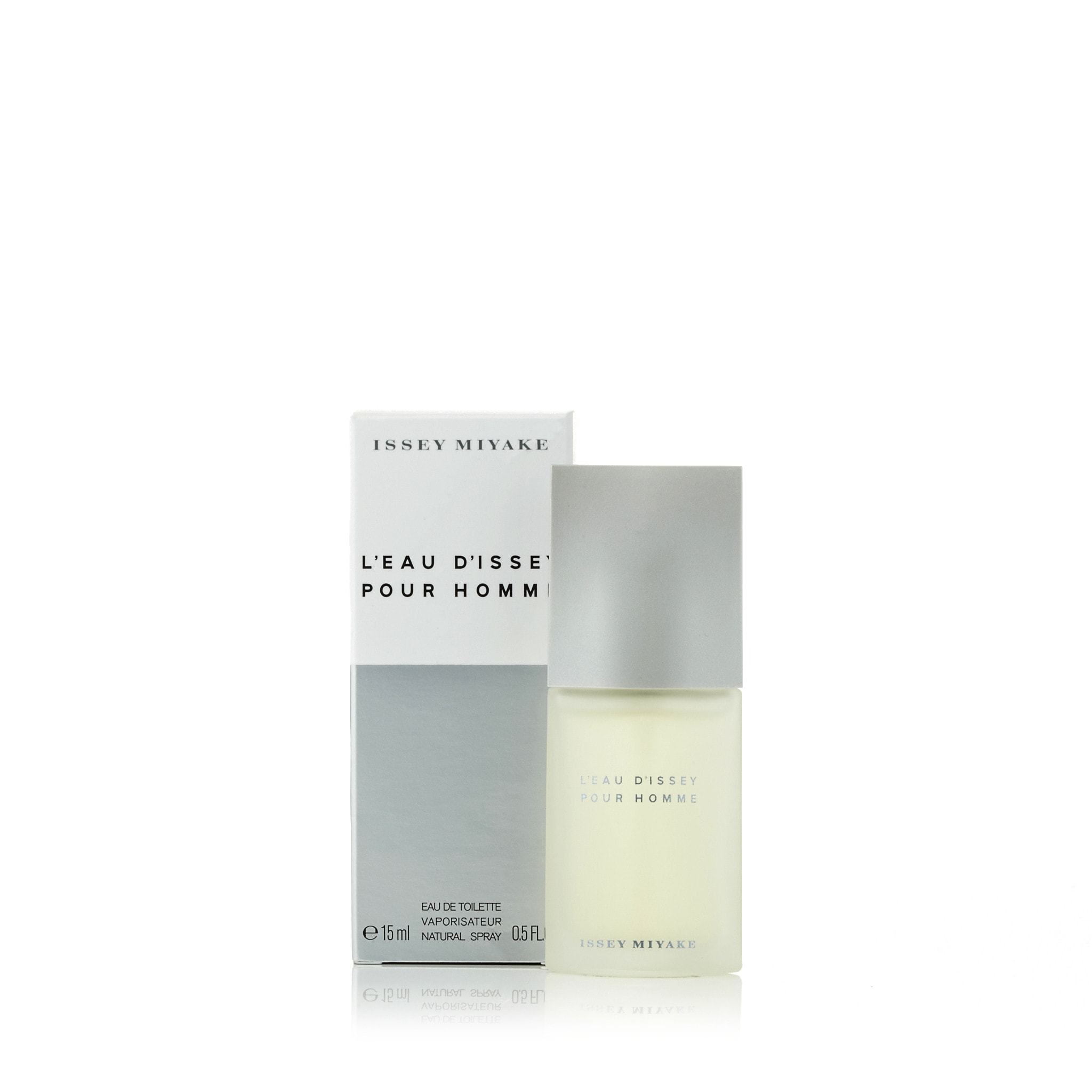Scent Formulation: How Fragrances are Developed
Every perfume starts with an idea. Each fragrance tells a story that the perfumier wants to tell through scent. (This is why the people who create perfumes are often called "the nose" behind a fragrance– the smell is how perfumes tell their stories!) To begin formulating a scent, the perfumier gathers different ingredients that fall into various scent categories: floral, fruity, woodsy, green, herbal, spicy, and many, many others.
From there, the perfumier experiments with different scent oil combinations at different strengths. They choose scents that layer into the head, heart, and base notes.
Head notes are the top notes that are smelled first. Heart notes, or mid notes, are what carry the perfume most. Base notes are the most durable scents that give the fragrance longevity and keep it from fading entirely. While perfumes can have different scents in each of the three layers, they will all have at least one scent in each category.


